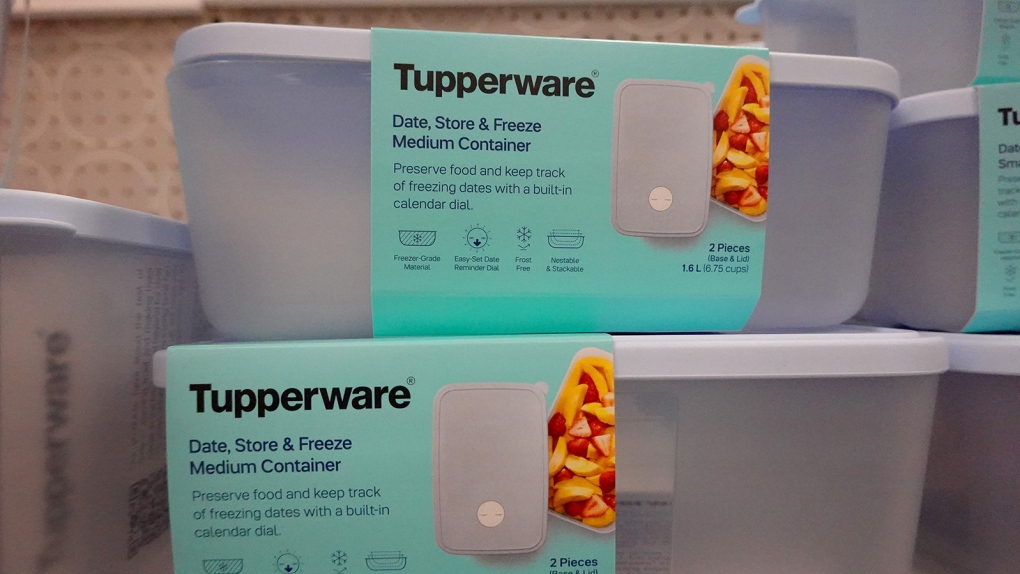In light of the recent news that Tupperware, the popular kitchen brand that has been a staple in households for many years, maybe go out of business, you may be concerned about the safety of using your vintage Tupperware food storage containers. However, determining the safety of any reusable plastic food storage product, not just Tupperware, often depends on understanding its composition.
One chemical commonly used in the production of certain plastics, including those used for food storage, is bisphenol A, or BPA. According to the United States Institute of Environmental Health Sciences, this chemical has been utilized for many years to make plastics more resilient and less prone to breaking. However, it also has the potential to pose health risks.

According to a professor of environmental health sciences at the University of Massachusetts Amherst, Laura Vandenberg, exposure to BPA, a chemical commonly used in plastic food containers, has been linked to a higher risk of various health conditions, including infertility, altered fetal growth, attention-deficit/hyperactivity disorder, aggression among children, polycystic ovarian syndrome, endometriosis, and heart disease. BPA is also used in shatterproof windows, water bottles, eyewear, and resin-coating metal food cans, bottle tops, and water supply pipes. The plastic composition can vary depending on the year of manufacture, says Vandenberg.
Tupperware in the US and Canada has been BPA-free since March 2010. However, consumers should be wary of using old, hard, shatter-resistant plastics made with BPA, warns Vandenberg. Even low levels of BPA leaching from consumer plastics or canned food linings have been associated with harm. Moreover, stress on plastic food containers from washing them in the dishwasher or with rough scrub brushes increases the plastic’s ability to leach the chemicals into food. The same goes for putting highly acidic foods such as tomatoes or citrus fruits in plastic containers. The label “microwave safe” does not mean that the product is entirely safe, says Vandenberg.
Discoloration of plastic containers indicates that a chemical change has occurred in the plastic, meaning it is breaking down. Consumers should discard any damaged plastic food storage containers. Glass, porcelain, ceramic, or stainless-steel containers are alternatives to plastic food storage. Manufacturers are beginning to phase out BPA and other bisphenols, but not all of them, notes Vandenberg. Therefore, consumers should consider replacing plastic food containers with something chemically inert like glass, one at a time if needed. While glass is heavier and breakable, the advantages of using it for food storage and reheating outweigh the risks, according to James Rogers, the director of food safety research and testing at Consumer Reports, and Vandenberg.
The Toronto House Canada.





